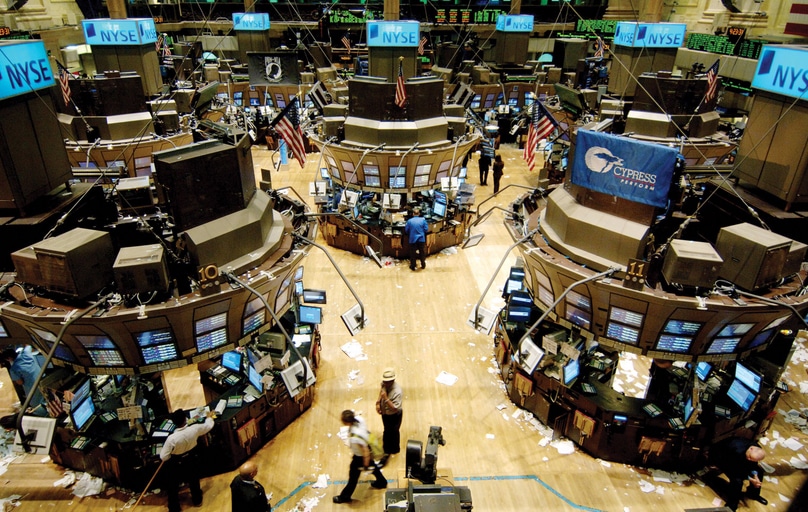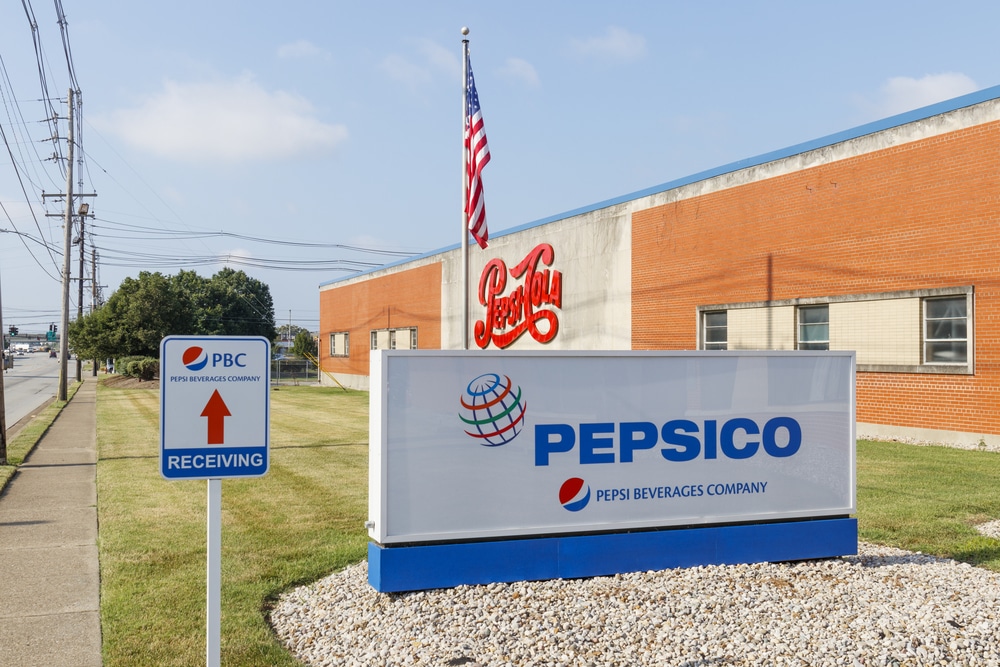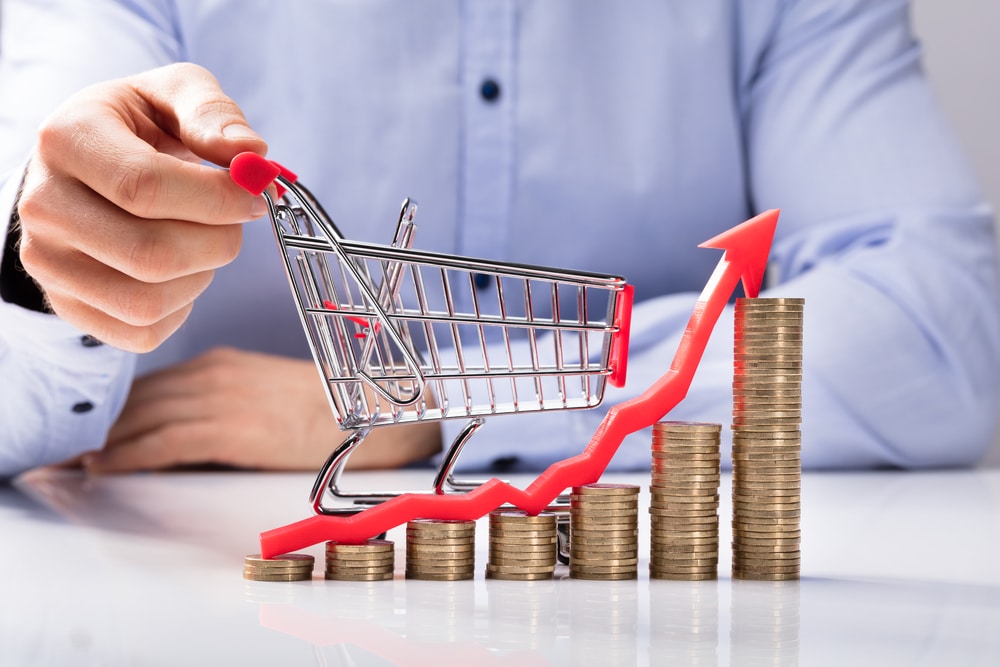A little over a decade ago, trading stocks on the internet gained a lot of traction, turning millions of people into self-directed investors. This fairly new style of investor doesn’t rely on money managers or financial advisors to make their investment decisions for them. As a result of this shift to online trading, people are saving tons of money when it comes to commissions and management fees. Not all aspects of this paradigm shift are good though. Many people jump right into trading without the knowledge necessary to make good decisions. There are many terms and definitions that you should know as a self-directed investor, but I’m only going to cover the most basic for now – bid, ask and last price.
An uneducated investor may get lucky a few times, making profitable trades without knowing what these terms mean. Eventually though, this person will get burned and their luck will run out. As an investor, you MUST know what the bid and ask are and how a trade is executed. This could mean the difference between a great trade and a horrible one. If anything else, it will save you a call to your broker asking why your trade has not gone through.
 Simply put, the bid is the price at which you can sell your stock and the asking price is the amount you can pay to buy the stock. The way it always works is that you can buy the stock for a higher price that you can sell it. If we could buy at the bid (lower) and sell at the ask (higher), we would all be rich and living on our own tropical islands somewhere. If you come across a stock where the prices are reversed, this is called a crossed market and no trades will be executed until the quotes are corrected.
Simply put, the bid is the price at which you can sell your stock and the asking price is the amount you can pay to buy the stock. The way it always works is that you can buy the stock for a higher price that you can sell it. If we could buy at the bid (lower) and sell at the ask (higher), we would all be rich and living on our own tropical islands somewhere. If you come across a stock where the prices are reversed, this is called a crossed market and no trades will be executed until the quotes are corrected.
The difference between the bid and ask is referred to as the spread. For most stocks with high volume, the spread will be one cent (0.01) and for thinly traded stocks, the spread will widen, sometimes reaching a couple of dollars. The market maker or specialist (different names for different exchanges) sets the spread, so you are not selling/buying directly with another person. This is getting technical, but if the stock trades on an ECN (electronic communication network), this is the only time you are trading directly with the buyer/seller. This is how pre-market and after hours trades are executed.
If you want to start trading read a comprehensive tmgm review on 55brokers.com to get to know more options.
Analogy
When I explain what these terms mean to investors, I always use a car buying analogy. Let’s say that the stock market is an auto dealership – in this scenario, the bid represents the price that you can trade your car in for (sell) and the ask is the price that the dealership will turn around and resell your car at. The dealer takes on the role of the market maker, acting as the middle man between the seller and buyer.
Using numbers, say the dealership offers you $10,000 for your trade-in. Once they buy your car, they mark it up to $11,000 and sell it to another party. $10,000 represents the bid price and $11,000 would be called the ask. This is exactly how stocks are traded on a per share basis.
Why Can’t I Buy and Sell at The Last Price?
 When you pull up a quote for a stock, the last price is usually displayed first. This is the easiest number to display because it tells you what price the stock traded at last and the number is easy to understand. As I’ve explained, you are buying a stock at the asking price, so there is a chance that the ask is near the current trading price. In this case, your buy will also go through at the last price.
When you pull up a quote for a stock, the last price is usually displayed first. This is the easiest number to display because it tells you what price the stock traded at last and the number is easy to understand. As I’ve explained, you are buying a stock at the asking price, so there is a chance that the ask is near the current trading price. In this case, your buy will also go through at the last price.
This doesn’t have to be the case though. As you can see in the image above, the bid and ask may be nowhere near the last price if the security has not traded recently. If you trade based off of the last, your order would be filled at unexpected price.
Using the same auto example, think in terms of classic cars. The turnover rate (volume) is very low for the these vehicles and it may be years before a classic car is resold after being purchased. Over the years, the price will change, resulting in a drastically different selling price. Low volume stocks share the same properties – the less they trade, the larger the difference between the bid/ask and the greater the deviation between the last and actual price.
READERS: A lot of investors aren’t even aware that there is a bid and ask – were you one? Have you ever traded off of the last and been surprised by the price you bought or sold a stock at?










